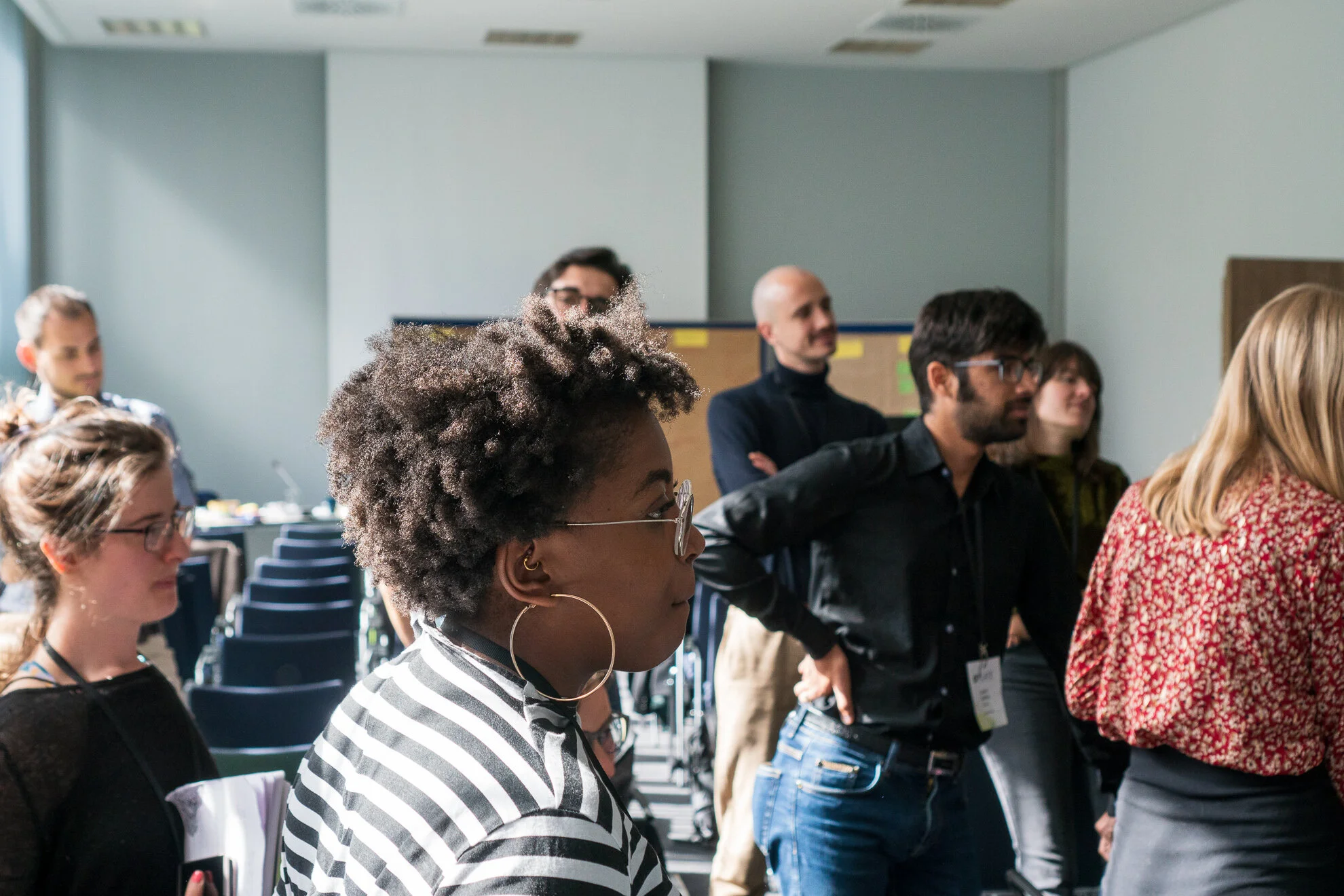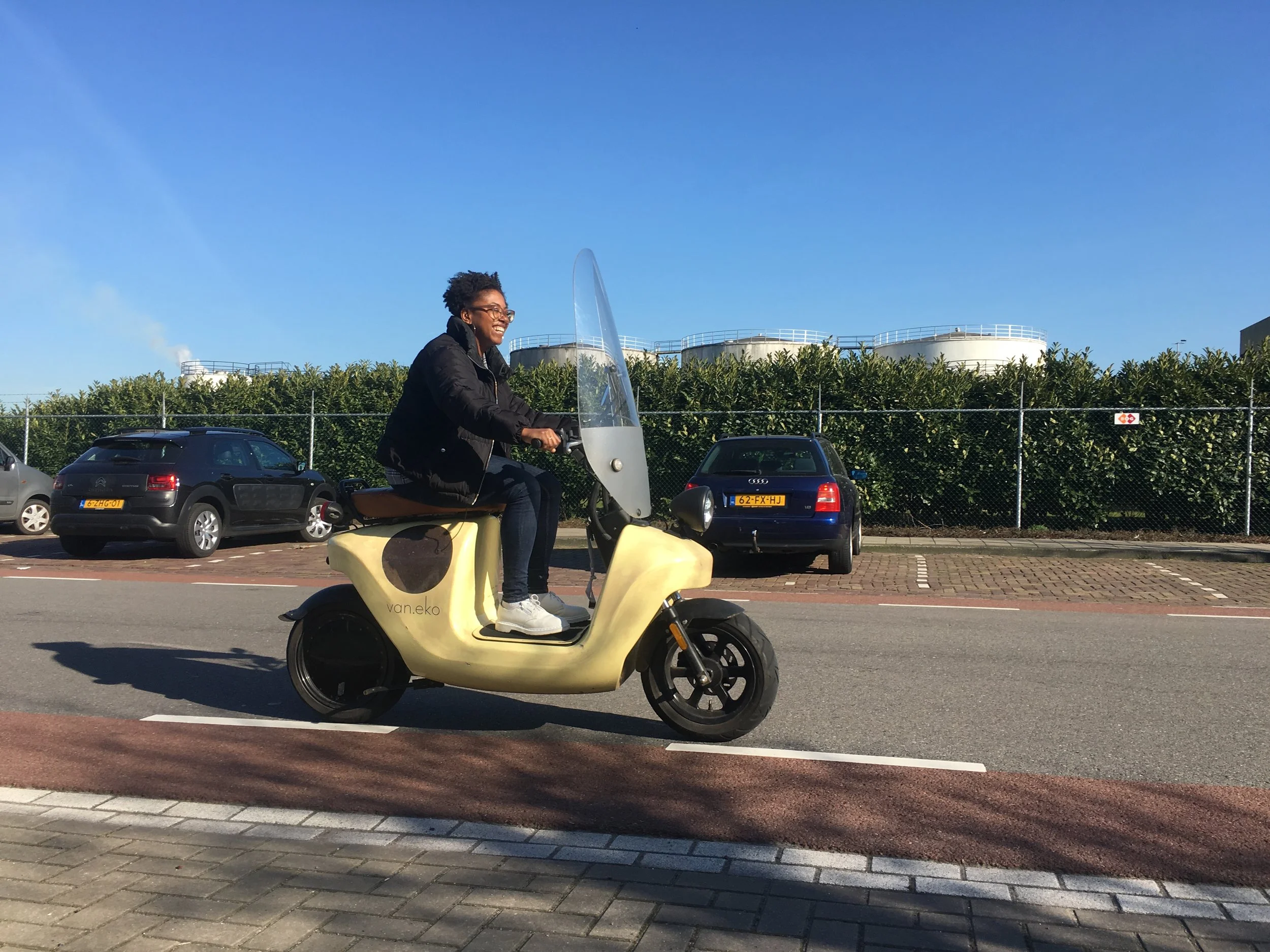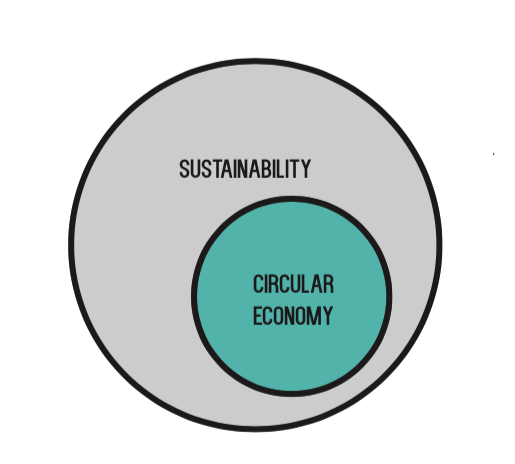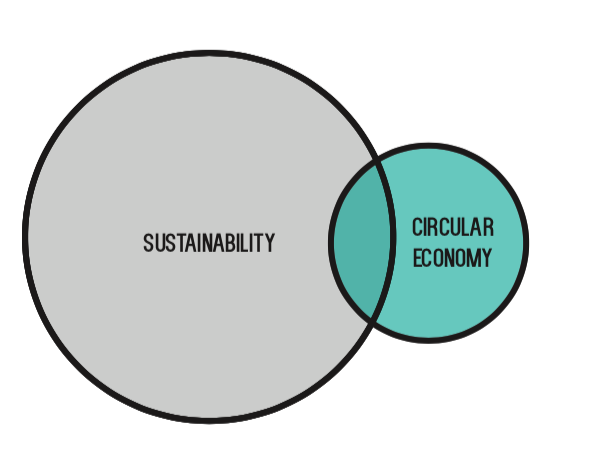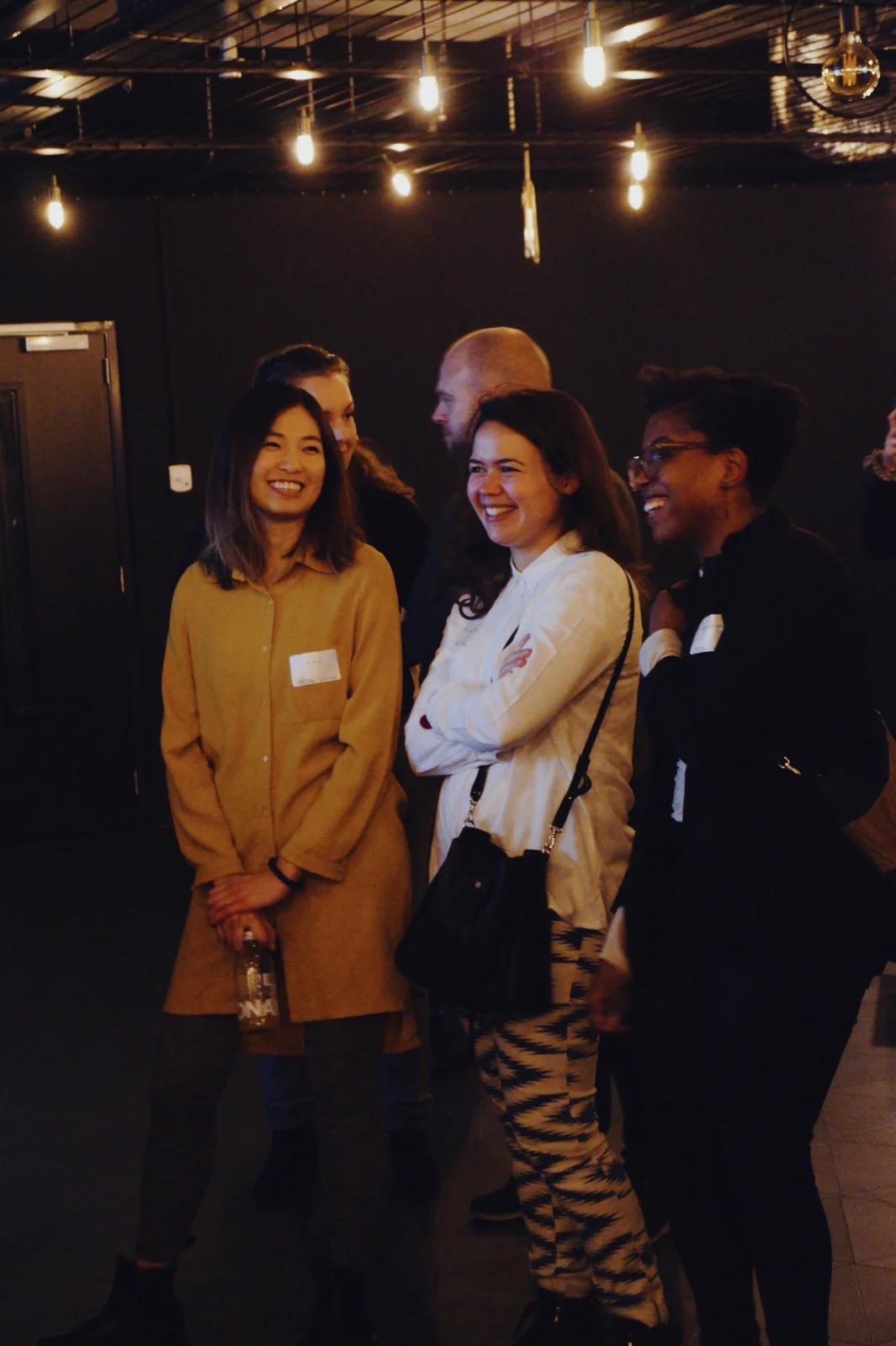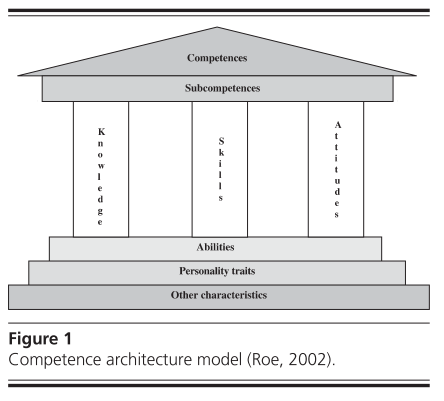Highlights 2019
I’m back! The best wishes for this new decade.
Looking back on 2019: First, I realise that I didn’t write an update in such a long time. Of course, so much has happened since. Both in my personal and my professional life. In one of my last blogs I wrote about the acceptance of the abstract I submitted for the 3rd PLATE conference (more about this below)
In 2019, I actually traveled a lot (for work) and also felt guilty about it, since I am working in the sustainability field. Yet, I tried to travel by train (instead of by plain) as much as I could. A list of journeys that I made:
In May I went to Barcelona to attend the Acceleration workshop hosted by the Ellen MacArthur Foundation. This workshop formed a key moment to share insights from the project on circular economy competencies building within businesses. Based on this project I also wrote an academic paper that I submitted for the PLATE conference.
In September I went to Germany to present my paper on circular economy competencies for design at the 3rd PLATE conference (more about this below). Making this trip by train was really convenient as I could just get in in Rotterdam, where I live and 6 hours laters I was in Berlin. After being back for a weekend from this conference I went to London to be part of a brainstorm about communicating circular economy held at the Dragen Rouge head office and hosted by the Ellen MacArthur Foundation. I cannot share too much about the results of this workshop as it was a closed workshop.
3rd PLATE Conference PhD Morning Workshop
3rd PLATE Conference
In september I presented my paper ‘Design competencies for a circular economy’, which you can find here. The proceedings will be published soon as well in the form of a book. The conference started of great with a PhD Morning in which I met PhDs that are all working on topics related to product lifetimes and circular economy. The same workshop was held at the 2nd PLATE conference in Delft, when I was the host so it was great to see so many of my peers again and learn about how their thinking has progressed. It also was great to learn more from other perspectives and the exercises allowed us to dig more into obsolescence, product life times and design.
3rd PLATE Conference | Workshop on product care
During the PLATE conference, I also participated in a few workshop, which are often used to present and/or tools. The workshop on a tool to help designers consider product care strategies during the design process was quite an interesting. Part of my research goal is to identify which competencies designers need to develop to be able to design for a circular economy. Yet, another part is to make a first attempt at developing a tool to help designers to acquire these so called ‘circular design’ competencies. This tool was insightful as it also centered different consumers, their preferences, triggers and helped to identify possible strategies that would work with both product as well as user. Of course, it might be hard to stimulate/influence user behaviour, but in my opinion reminder designers to consider this could be a way to influence product lifetimes.
Resolutions, goals (or however you want to call it)
This year, I am hoping to keep blogging about my life as a PhD Candidate. I also want to challenge myself to not necessarily do it perfectly or tell everything in all details, but just to keep it short and post more in between. I noticed that part of the reason I have not been posting so much was that I made a such a big thing to tell sooo freaking much! For example, I still have some pictures about Dutch Design Week which I visited back in October and where I saw a big shit towards more project centred around sustainability and where I participated in a cool workshop. Might still share, but feel free to also look at my socials (instagram, facebook and whatnot)
Next, I have some ideas about disseminating my work and ideas both on a personal and a professional level. Respectively, through a podcast or blogging, where I would like to talk about circular economy washing and how users could be more aware of what they are consuming (starting with myself), and working with tool/method/workshop developers to develop tools for designers to help them design for a circular economy.
In addition, I want to submit two papers this years to journals, write my doctoral thesis and defend after almost 4 years of work. Exciting but also scary to be honest.
Lastly, I am looking to share more about my personal life. Especially about my hobby (that has escalated a bit): I am a (parttime) DJ. Once in a while I get to play my favourite music at clubs. I started taking classes in April 2018, just for fun. In 2019 it has developed on something more serious whereby I got to play in some venues in my hometown Rotterdam. These two contrasting professions (researcher and DJ) are at times hard to unite. Sometimes I get a lot of confused looks when I explain to peers that I DJ, but for now I like to do both as it keeps me happy.
That’s it!
